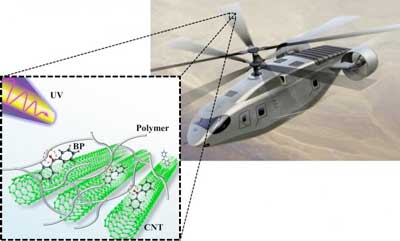
Tuesday, April 17, 2018
Making adaptive composite materials with light-responsive chemistry
Engineers have developed a technique that causes a composite material to become stiffer and stronger on-demand when exposed to ultraviolet light.
Full of hot air and proud of it
Researchers are developing new ways to store, separate, and transport gases with metal organic frameworks.
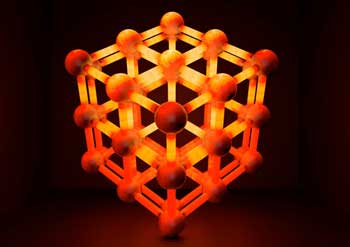
Scientists develop a unified theoretical model for triboelectric nanogenerators
A new paper details a new methodology that allows designers of smart-wearables to better understand and predict how their products would perform once manufactured and in use.
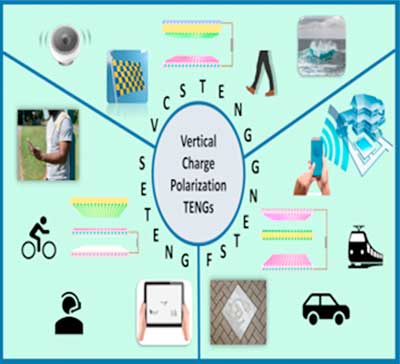
Some superconductors can also carry currents of 'spin'
Researchers have shown that certain superconductors can also carry currents of 'spin'. The successful combination of superconductivity and spin could lead to a revolution in high-performance computing, by dramatically reducing energy consumption.
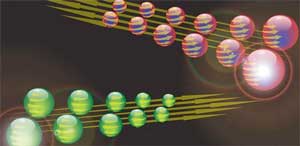
Novel thermal phases of topological quantum matter in the lab
For the first time in the lab, a group of researchers have observed topological phases of matter of quantum states under the action of temperature or certain types of experimental imperfections.

Polymer-graphene nanocarpets to electrify smart fabrics
Polymer carpets based on graphene could make any fabrics generate current.
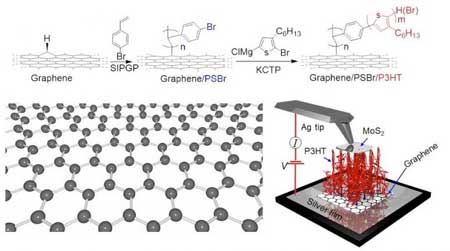
How does a molecule vibrate when you 'touch' it?
Physicists have studied the vibrations of a carbon monoxide molecule that is bonded on a copper surface under the influence of an external force field exerted by the tip of a scanning probe microscope.
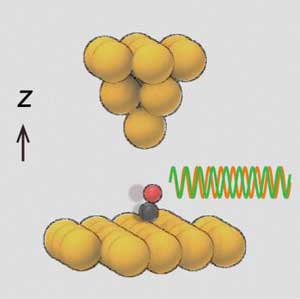
A novel, water-stable metal-organic framework for selective CO2 adsorption
Researchers have developed a novel porous material capable of selectively adsorbing CO2.
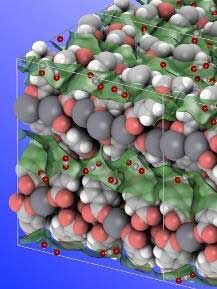
Scientists measure the energy levels of single molecules on insulators
Our understanding of single-molecule electronics has become clearer and the answer involved using a common household item - salt.
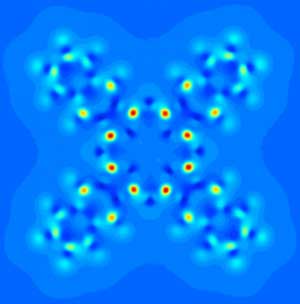
Researchers create a new Bose-Einstein condensate
Unlike most previous Bose?Einstein condensates created experimentally, the new condensate does not need to be cooled down to temperatures near absolute zero. Because the particles are mostly light, the condensation could be induced in room temperature.
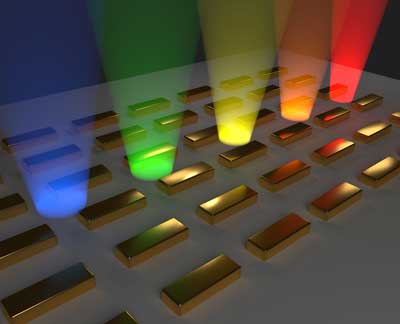
Subscribe to:
Comments (Atom)
